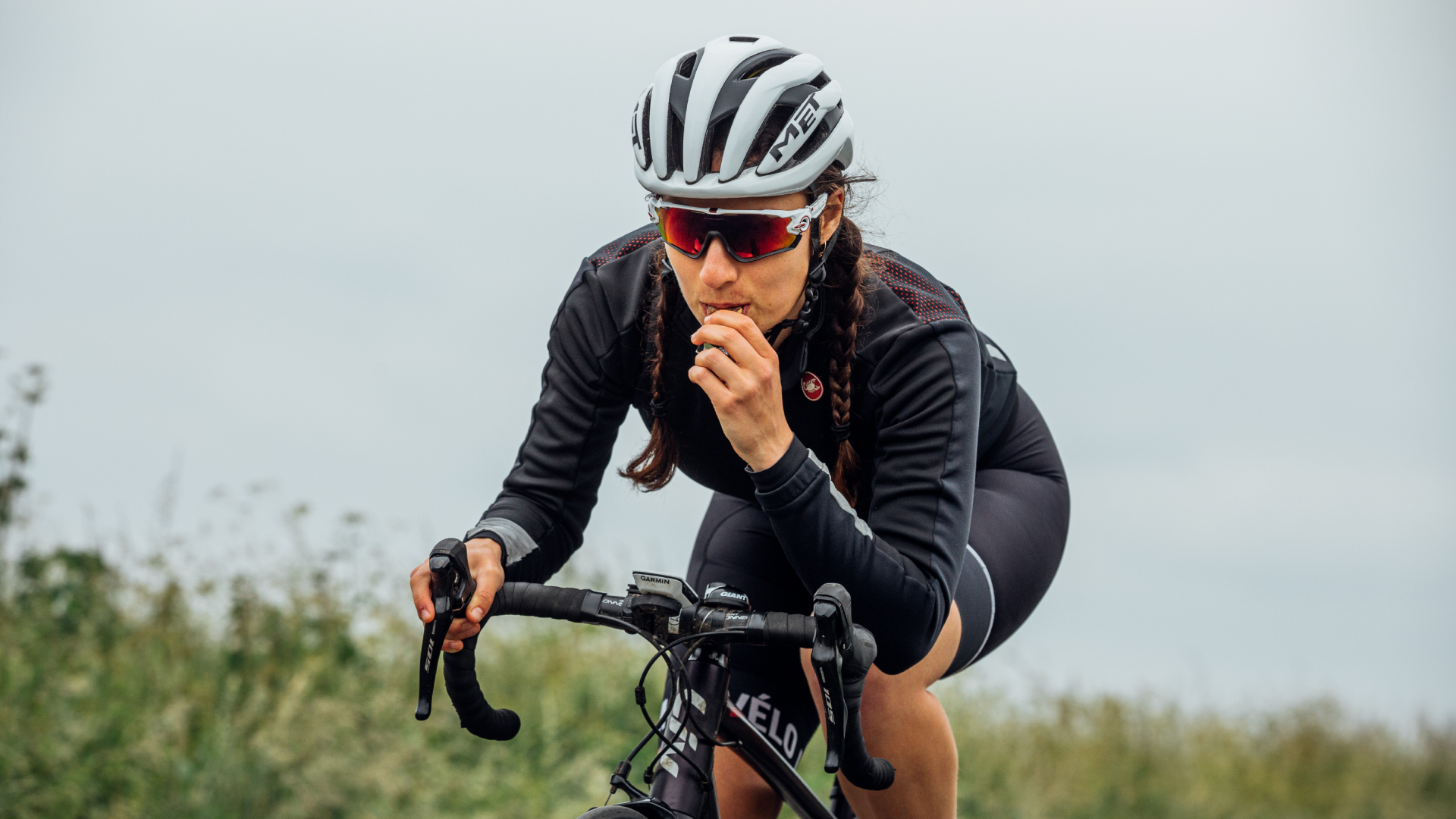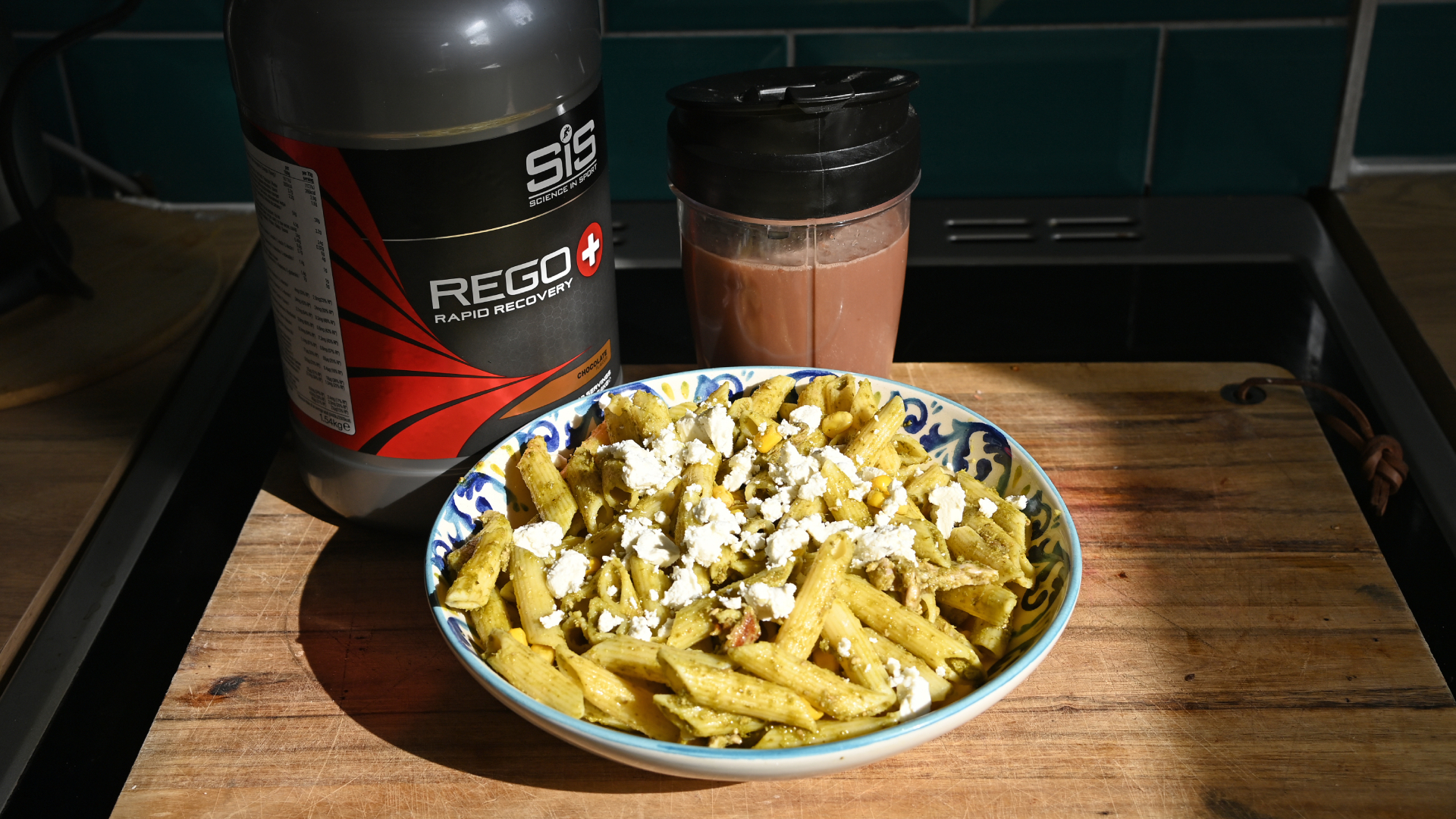Do you know your carbs? More than half of endurance athletes could be fuelling wrong, study finds
Carb-loading proved a particular knowledge gap - check out how you’d stack up in the study’s questionnaire


Although the risks and prevalence of under-fuelling in endurance sports (such as cycling) are quite widely discussed, much less is known about why athletes are under-fuelling.
Is it because they simply don’t know what the current carbohydrate intake recommendations are? Or are they instead struggling to put their knowledge into practice? Or, perhaps could endurance athletes be fully aware of the recommendations, but are choosing to disregard them for some other reason?
Well, those questions are the basis for Advanced Sports Dietitian, Dr Gemma Sampson’s upcoming studies - the first step is identifying just how aware endurance athletes actually are of the current carbohydrate recommendations in the first place. Shockingly, Dr Sampson identified that there has been no “specific systematic analysis of […] endurance athletes’ knowledge of carbohydrate for competition” in the scientific literature.
Until now - with her latest research paper “Mind the gap: limited knowledge of carbohydrate guidelines for competition in an international cohort of endurance athletes”, published online by Cambridge University Press.
What did the research paper find?
Again, the purpose of this study was to determine how much endurance athletes really know about fueling their efforts and what the current recommendations for carbohydrate consumption in competition really are.
The athletes - over 1,000 in total, with (approximately) 40 per cent of them cyclists - completed a survey spanning a range of topics, including:
Get The Leadout Newsletter
The latest race content, interviews, features, reviews and expert buying guides, direct to your inbox!
- Pre-competition meals
- Fueling during competitions over 2.5 hours in length
- Fueling for post-competition recovery
For each section, the athletes had to complete a series of multiple choice questions - and the results were quite telling.
Less than half of the respondents correctly identified the current recommendations for pre-competition meals and fueling during competitions over 2.5 hours in length. Less than a third of respondents correctly identified the current recommendations for carb-loading and post-competition recovery.
Understanding the extent of the knowledge gap in endurance athletes is instructive, as it shows there is still much which can be done in spreading the message. Still, as Dr Sampson identifies in her conclusion, there are “[m]any factors which influence food choices and increased levels of knowledge via nutrition education in isolation does not guarantee translation into general dietary practices of athletes.” More research is still needed to “answer why many endurance athletes fail to consume optimal CHO within competition.”
For the curious, I’ve popped the questions from the carb-loading section of the questionnaire just below, and provided the answers - and the breakdown of the respondents answers - at the bottom of the page. Are you one of the few who can get them all right…?
The questions

a. Carbohydrate loading in the days before a competitive endurance event can increase endurance performance by?
- Cannot increase
- Increase max speed
- Delay onset fatigue
- Unsure
b. Carbohydrate loading to maximize glycogen stores is most effective in improving performance in competitive event lasting:
- <60 min
- 60 - 90 min
- >90 min
- Carbohydrate unnecessary
- Unsure
c. When carbohydrate loading before competition, the recommended range of carbohydrate intake per day is? (assuming exercise activity the day before is minimal)
- < 4 g*kg*day
- 4 - 8 g*kg*day
- 9 - 12 g*kg*day
- > 12 g*kg*day
- Carbohydrate never required
- Unsure
d. When competing WITHOUT carbohydrate loading, the recommended range of carbohydrate intake per day is? (Assuming exercise activity the day before is minimal)
- < 4 g*kg*day
- 5 - 8 g*kg*day
- 9 - 12 g*kg*day
- > 12 g*kg*day
- Carbohydrate never required
- Unsure
e. To maximize muscle glycogen stores, carbohydrate loading (in combination with a tapering of training loads) is best followed for:
- 12 - 24 h
- 24 - 48 h
- A week
- Never
- Carbohydrate loading never required
The answers

We've highlighted the correct answers in bold. The percentages in brackets indicate the breakdown of the respondents answers.
a. Carbohydrate loading in the days before a competitive endurance event can increase endurance performance by?
- Cannot increase (8%)
- Increase max speed (9%)
- Delay onset fatigue (75%)
- Unsure (8%)
b. Carbohydrate loading to maximize glycogen stores is most effective in improving performance in competitive event lasting:
- <60 min (3%)
- 60 - 90 min (8%)
- >90 min (73%)
- Carbohydrate unnecessary (6%)
- Unsure (10%)
c. When carbohydrate loading before competition, the recommended range of carbohydrate intake per day is? (assuming exercise activity the day before is minimal)
- < 4 g*kg*day (4%)
- 4 - 8 g*kg*day (22%)
- 9 - 12 g*kg*day (28%)
- > 12 g*kg*day (2%)
- Carbohydrate never required (4%)
- Unsure (40%)
d. When competing WITHOUT carbohydrate loading, the recommended range of carbohydrate intake per day is? (Assuming exercise activity the day before is minimal)
- < 4 g*kg*day (21%)
- 5 - 8 g*kg*day (28%)
- 9 - 12 g*kg*day (5%)
- > 12 g*kg*day (1%)
- Carbohydrate never required (2%)
- Unsure (42%)
e. To maximize muscle glycogen stores, carbohydrate loading (in combination with a tapering of training loads) is best followed for:
- 12 - 24 h (11%)
- 24 - 48 h (54%)
- A week (21%)
- Never (3%)
- Carbohydrate loading never required (11%)
How did you do?

Thank you for reading 20 articles this month* Join now for unlimited access
Enjoy your first month for just £1 / $1 / €1
*Read 5 free articles per month without a subscription

Join now for unlimited access
Try first month for just £1 / $1 / €1

I’ve been hooked on bikes ever since the age of 12 and my first lap of the Hillingdon Cycle Circuit in the bright yellow kit of the Hillingdon Slipstreamers. For a time, my cycling life centred around racing road and track.
But that’s since broadened to include multiday two-wheeled, one-sleeping-bag adventures over whatever terrain I happen to meet - with a two-week bikepacking trip from Budapest into the mountains of Slovakia being just the latest.
I still enjoy lining up on a start line, though, racing the British Gravel Championships and finding myself on the podium at the enduro-style gravel event, Gritfest in 2022.
Height: 177cm
Weight: 60–63kg
-
 'It took everything' - Puck Pieterse outclimbs Demi Vollering to win La Flèche Wallonne
'It took everything' - Puck Pieterse outclimbs Demi Vollering to win La Flèche WallonneDutch 22-year-old shows Classics pedigree with first one-day victory
By Tom Davidson
-
 Tadej Pogačar flies to dominant victory at La Flèche Wallonne
Tadej Pogačar flies to dominant victory at La Flèche WallonneSlovenian takes second win at Belgian classic ahead of Kévin Vauquelin and Tom Pidcock
By Tom Thewlis